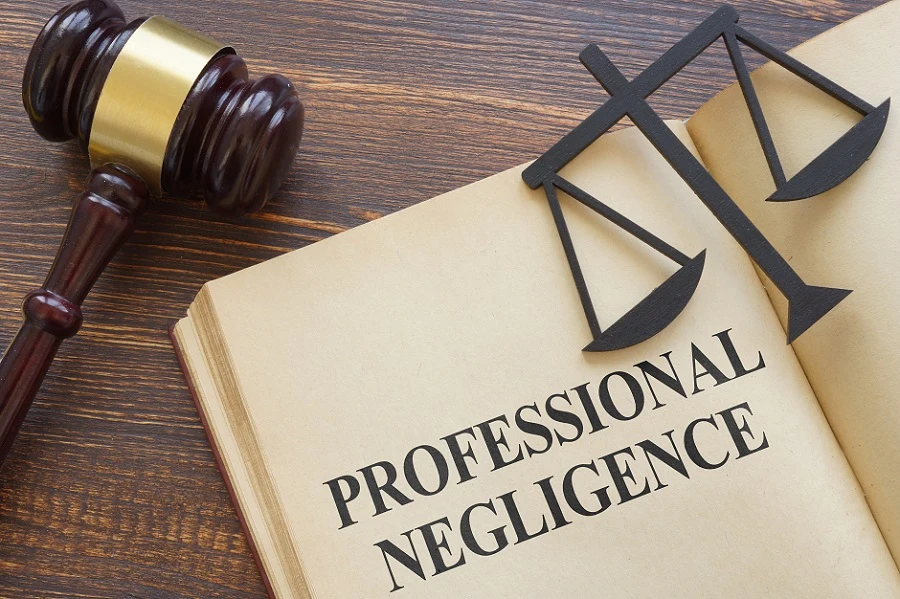Holding a professional liable for negligence involves specific requirements. You need to understand these steps to proceed effectively. First, establish a duty of care. This means the professional had a responsibility to you. Second, show a breach of that duty. The professional failed to act as expected. Third, connect the breach to the harm you experienced. This is called causation. Finally, demonstrate damages. You suffered a loss due to their actions. Quinn Law Group can guide you through this process, ensuring clarity at each stage. Negligence cases can be complex, but knowing these elements brings you closer to resolution. Understanding your rights and the professional’s responsibilities makes a significant difference. Each step in this process is crucial. Remember, the outcome depends on effectively proving each requirement. With the right support, you can navigate this challenging situation.
Understanding Duty of Care
Duty of care forms the foundation of a negligence claim. To establish this, you must show a relationship between you and the professional. This might be a doctor-patient or client-lawyer connection. If the professional agreed to provide a service, they assumed a duty. It’s their job to perform with reasonable skill and care. You can learn more about duty of care from the Legal Information Institute.
Identifying a Breach of Duty
Next, identify a breach of duty. This involves showing the professional didn’t meet the required standard. You compare their actions to a competent peer’s behavior. If their actions fell short, a breach occurred. The standard varies between professions. For instance, a doctor should act with the same care as other doctors. The Medical Board of Australia’s Code of Conduct can offer more insight into professional standards.
Proving Causation
Causation links the breach to your harm. You must demonstrate your loss directly resulted from the professional’s failure. This can get tricky if other factors contribute. Gather evidence to show a clear connection. Witnesses, documents, or expert testimony often help. If causation is unclear, a claim may fail.
Demonstrating Damages
Proving damages means showing you suffered real harm. This could be physical injury, financial loss, or emotional distress. Present documentation like medical bills or repair costs. The more evidence, the stronger your case. Without damages, even if a breach occurred, no claim exists.
Negligence Case Elements Summary
| Element | Description | Example |
| Duty of Care | Professional responsibility to act with care. | Doctor agrees to treat a patient. |
| Breach of Duty | Failure to meet professional standards. | Lawyer misses crucial filing deadlines. |
| Causation | Link between breach and harm. | Accountant’s error leads to financial loss. |
| Damages | Proof of actual harm or loss. | Medical costs due to incorrect treatment. |
Seeking Legal Assistance
Navigating negligence claims can be challenging. Legal advice is invaluable. Professional law firms can offer support. They ensure you understand each requirement. Additionally, they help gather the necessary evidence. This guidance can improve your chances of success.
Common Challenges in Negligence Claims
Several challenges arise in negligence claims. First, proving causation can be difficult if multiple factors are involved. Second, gathering evidence requires diligence and time. Finally, understanding legal jargon can overwhelm anyone. Be prepared to face these hurdles with the right support.
Conclusion
Holding a professional accountable for negligence demands understanding key elements. Establish duty, breach, causation, and damages. Each element serves a critical role in the process. Equip yourself with knowledge and expert legal guidance. This will help you navigate the complex path of negligence claims effectively.
Keep an eye for more latest news & updates on Kadanace Blog!





